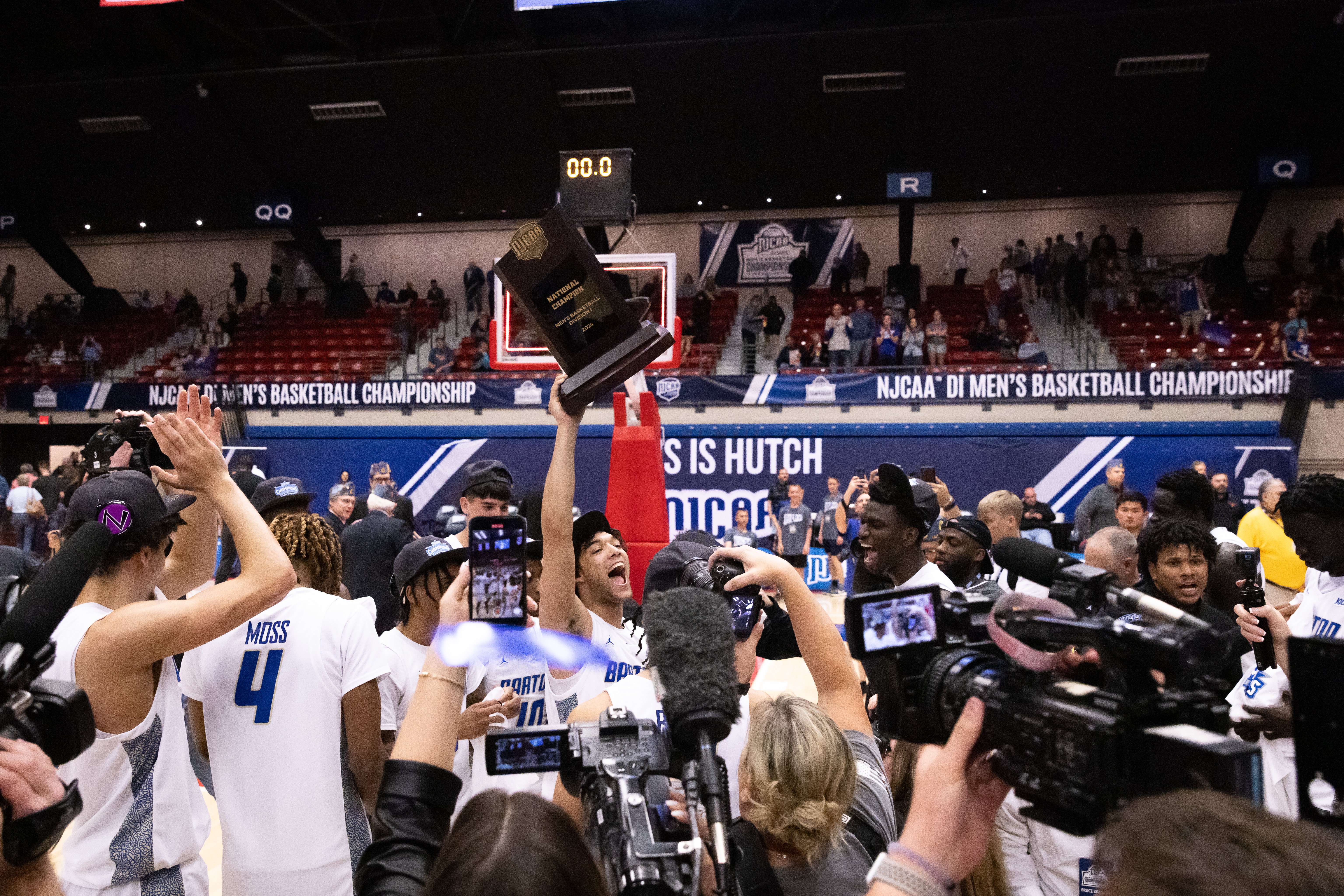
By MIKE COURSON
Great Bend Post
Transfer portals and Name, image, and likeness (NIL) deals have dramatically changed the college sports world in just a few short years. A recent court ruling involving junior colleges and NCAA eligibility could have an equally large impact. Jeremy Coombs, who coached the Barton Community College men's basketball team to a national title last winter, said the ruling could change the role of junior colleges role in the athletic landscape.
"There are a lot of kids that coming out of high school, they won't want to burn a year of eligibility or two years, so they go to prep school and try to become eligible for the NCAA and that doesn't count against them," he said. "I think that's what you're going to start seeing; a lot more kids, instead of going prep, they'll go the junior college route.

Diego Pavia, the quarterback at Vanderbilt, sued the NCAA in November for a violation of antitrust laws. In other words, counting his time at a junior college toward his NCAA eligibility would shorten his time in the NCAA and cost him NIL deals. Early this month, a federal judge in Tennessee agreed, granting an injunction which allowed Pavia to pursue another year of eligibility and all of the financial benefits that come with it.
The judge's ruling only address NCAA bylaw concerning junior college player eligibility, and all other eligibility rules remain the same. On Dec. 23, the NCAA appealed the injunction. Coombs said the Pavia decision may be a positive for junior colleges as more athletes choose them over prep schools, but it will likely not benefit high school students.
"I think this is really going to hurt a lot of high school kids because there are just going to be people staying at the four-year level," he said. "At the end of the day, the kids that are the 2-stars, that's going to really hurt them because they won't be recruited by NCAA schools."
Some top NCAA coaches have also come out against the decision. Steve Sarkisian, head football coach at the University of Texas, said not counting time at a junior college will result in 28 and 29-year-old men playing against incoming teenagers.




